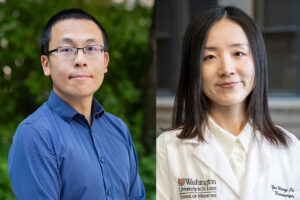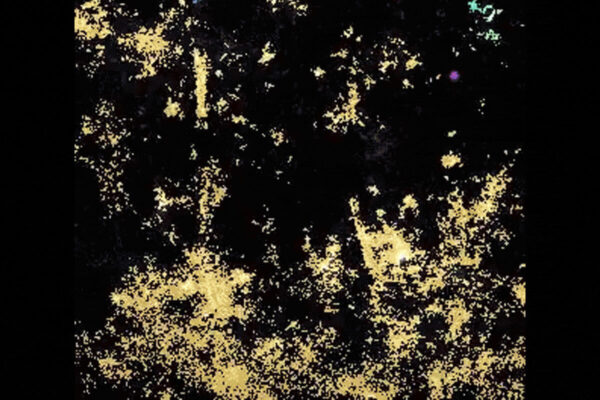
WashU Medicine scientists have identified brain cells that play a key role in how we recognize faces, a discovery that helps explain how the brain integrates multiple visual inputs from different facial features into a unified memory of a person. These neurons appear to bridge the gap between neural circuits responsible for visual processing and those involved in remembering specific faces.
The study, led by instructor Runnan Cao, and associate professor Shuo Wang, both of Washington University School of Medicine in St. Louis’ Mallinckrodt Institute of Radiology, was published June 6 in Nature Human Behaviour.
The team, along with collaborators at West Virginia University and other institutions, showed images of celebrity faces to 12 conscious patients undergoing brain surgery and recorded the activity of 2,048 individual neurons in their brains. Using deep-learning algorithms, the researchers identified which neurons responded to specific facial features and which responded to the overall identity of the face. They found a group of neurons in the medial temporal lobe — a region of the brain typically associated with memory — that appeared to process visual features similarly to neurons in the visual cortex, the region at the back of the brain that receives and processes information from the eyes. Each neuron in this group responded to clusters of related facial features that could be shared by multiple individuals. This suggests that certain neurons in the memory-related regions of the brain may serve as intermediaries in visual processing, linking the perception of facial features to the recognition of a person’s identity.
The researchers noted that their discovery could enhance our understanding of memory and visual processing disorders, such as face blindness. It might also contribute to the development of prosthetic visual devices that interface with brain activity.


